Climate-smart buildings slowly conquer the Alps
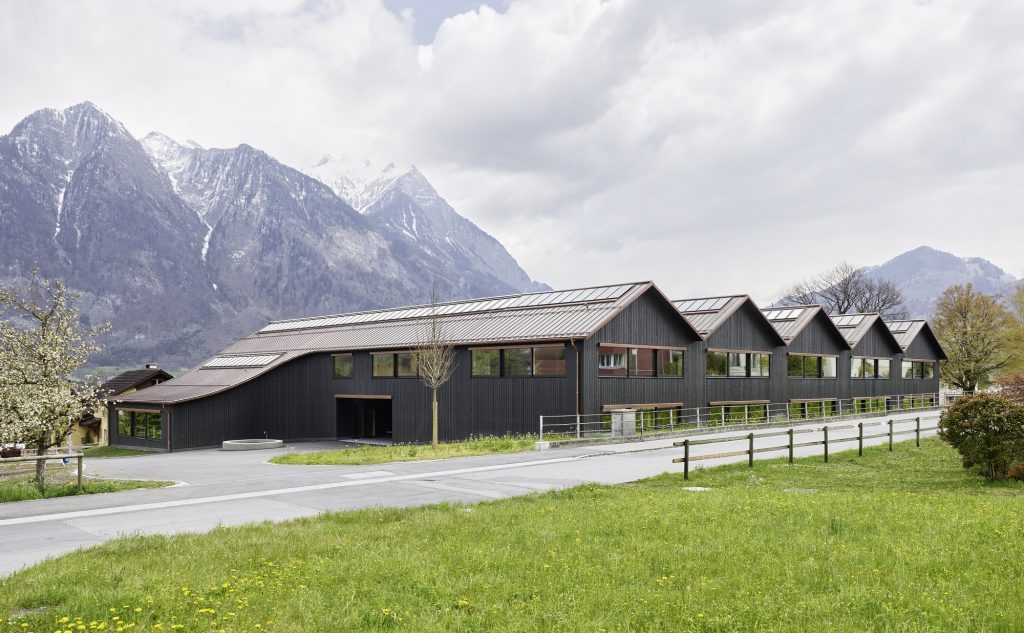
Construction is booming in the Swiss Alps, but not all of it is sustainable. Architecture critic Köbi Gantenbein is on a mission to change this. The building sector is a key contributor to global green house emissions, accounting for 40% of CO2.
Construction projects mushrooming across the Swiss of Alps are mostly a “lot of junk” in the eyes of Gantenbein. As a native of the Alpine canton Graubünden, he can judge from up close. As founder and longtime editor of the architecture magazine Hochparterre, and jury chair for the architecture prize Constructive Alps, he is working to change this.
Building trends in Switzerland and the Alpine regions of Europe have delivered mixed results, he says. There are exemplary projects and buildings stretching from Slovenia to France. These are buildings which have been built or renovated in a sustainable manner, energy-efficient and of high architectural quality. But such pearls are rare.
The Constructive AlpsExternal link project, which was launched by Liechtenstein and Switzerland in 2013, helps make great examples of sustainable architecture visible. It does so through a prize awarded biennially at the Alpine museum in Bern, through publicationsExternal link and a travelling exhibition around the Alpine region.
The Constructive Alps prize is awarded by Switzerland and Liechtenstein as a way of implementing the Alpine ConventionExternal link‘s climate objectives. This year’s award was the sixth edition of a prize which has drawn on an Alpine-wide network of architects, planners, builders, and construction authorities.
The Alpine Convention is the world’s first legally-binding agreement for the sustainable development of a mountain region. Founded by eight Alpine countries and the European Union (EU) in 1991, it came into force in 1995. Switzerland holds the two-year rotating presidency for 2021-2022.
Sustainability and energy-efficiency are not enough for a building to win the prestigious prize, which has recognised two Swiss and three Austrian projects so far. “Beauty is always the determining factor,” says Gantenbein, who headed the jury for all five rounds held to date. Then again, no house or building stands alone. It enters into dialogue with its environment and the surrounding landscape. This year’s prizewinners performed particularly well on that front, the jury found.
A Swiss village’s unique school
The Berlin firm of architects Felgendreher, Olfs and Köchling designed a schoolExternal link for the Swiss village of Azmoos in canton St. Gallen, which was completed in 2020.
The single-storey building of wood, concrete and steel harmonises with the landscape and with its setting between two built-up areas. It is lit from above, which saves energy. The windows face north, so the building does not get hot. The south-facing rooftops are fitted with solar panels. When the doors are open, the warm Föhn wind can blow in a south-north direction through the building.

Instead of arranging the classrooms along a corridor, the architects connected them to one another. Each classroom space has at least two doors. Architect Johannes Olfs compares the schoolhouse with a beehive, where one moves from honeycomb to honeycomb, from room to room.
Two years after the completion of the new school in Azmoos, architect Olfs is pleased to see how both teachers and children have come to accept the new building. “We get really positive feedback,” he says. The design works, and the school is full of life. This pleases the Berlin architects as much as the architecture prize they won.
Olfs and partner Christina Köchling are based in Berlin, but they are very familiar with Switzerland. Both worked for several years in Basel architectural firms before they set up their own business back in Germany with former fellow-student Christian Felgendreher.
Olfs says he enjoys working with Swiss clients because they have considerable awareness about materials and quality. “It is a matter of attitudes and culture, not just money,” he says. Materials, planning and workmanship cost money, but the consensus is that it makes sense to invest in quality. The architect is full of praise for “the fantastic engineers and skilled workers in wood” that are found locally.
Combine craftmanship with creativity
Gantenbein also emphasises this aspect. “Workmanship has a particular prestige in the Alpine region,” he says. “You see that in the buildings.”
But, he laments, too few of them deliver something truly distinctive. His harshest criticism is directed at the tourism industry across the Alps, which he finds average and predictable. “I would like to see more curiosity and zip in that sector.” But there is something stirring. He highlights the Austrian region of Vorarlberg as one delivering sustainable buildings with flair in the Alps.
Gantenbein is also pleased that the farming community is also yielding exemplary structures. Cheese dairies and buildings used in common by groups of farmers have been among the nominations for the Constructive Alps prize in recent years. They stand out for managing space and resources very efficiently.
One of these innovators is the consortium of villages known as Haute Maurienne Vanoise, in the Val d’Arc in the French Alps. The French group has used local wood to build a set of nine barnsExternal link, which are rented out to local farmers on a 90-year lease. “This project is an exemplary contribution to modern Alpine agriculture. It shows how farmers working together can build a path into the future and at the same time take care of the landscape,” the jury found.
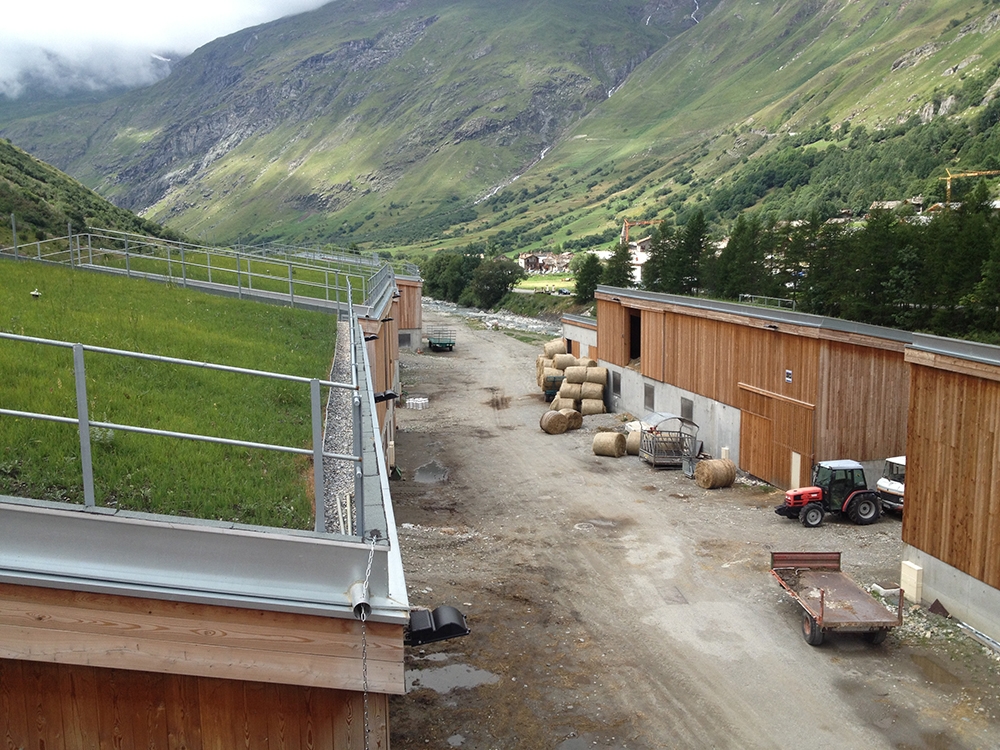
Climate-conscious architecture
Overhauling how buildings are built and operate is viewed as essential to achieving the world’s climate change goals. “We need nothing less than a revolution in the building industry,” said Paul Seger, Swiss ambassador in Berlin, at the opening of the Constructive Alps exhibition in the German capital.
Speed is of the essence to preserving the uniquely beautiful but vulnerable ecosystems of the Alps with their vanishing glaciers. That means taking a different approach to building. In Switzerland, cantonal energy legislation is having an effect. “Building with a sensible approach to energy issues has now become standard,” Gantenbein points out. And yet he adds: “There still remain plenty of technical advances to be made in the work of building and energy management.”
Although he is the first to celebrate new building projects with strong green credentials, Gantenbein would rather see greater emphasis on renovation. Avoiding just one building is a good thing, he argues, noting that a quarter of all CO2 emissions from a building come from the business of putting it up. This “grey energy” stems from the manufacture of concrete and steel, transport and construction. Tearing a place down causes even more emissions. And disposing of the materials can be a costly business.
“There is still too much building going on, too much surface area wasted and countryside gobbled up,” says Gantenbein. This also leads to increased car traffic in the mountains. “An exemplary piece of architecture in the countryside doesn’t look so good, if you see ten cars, say, parked outside a house with ten flats – even if they happen to be powered by the panels on the roof!”
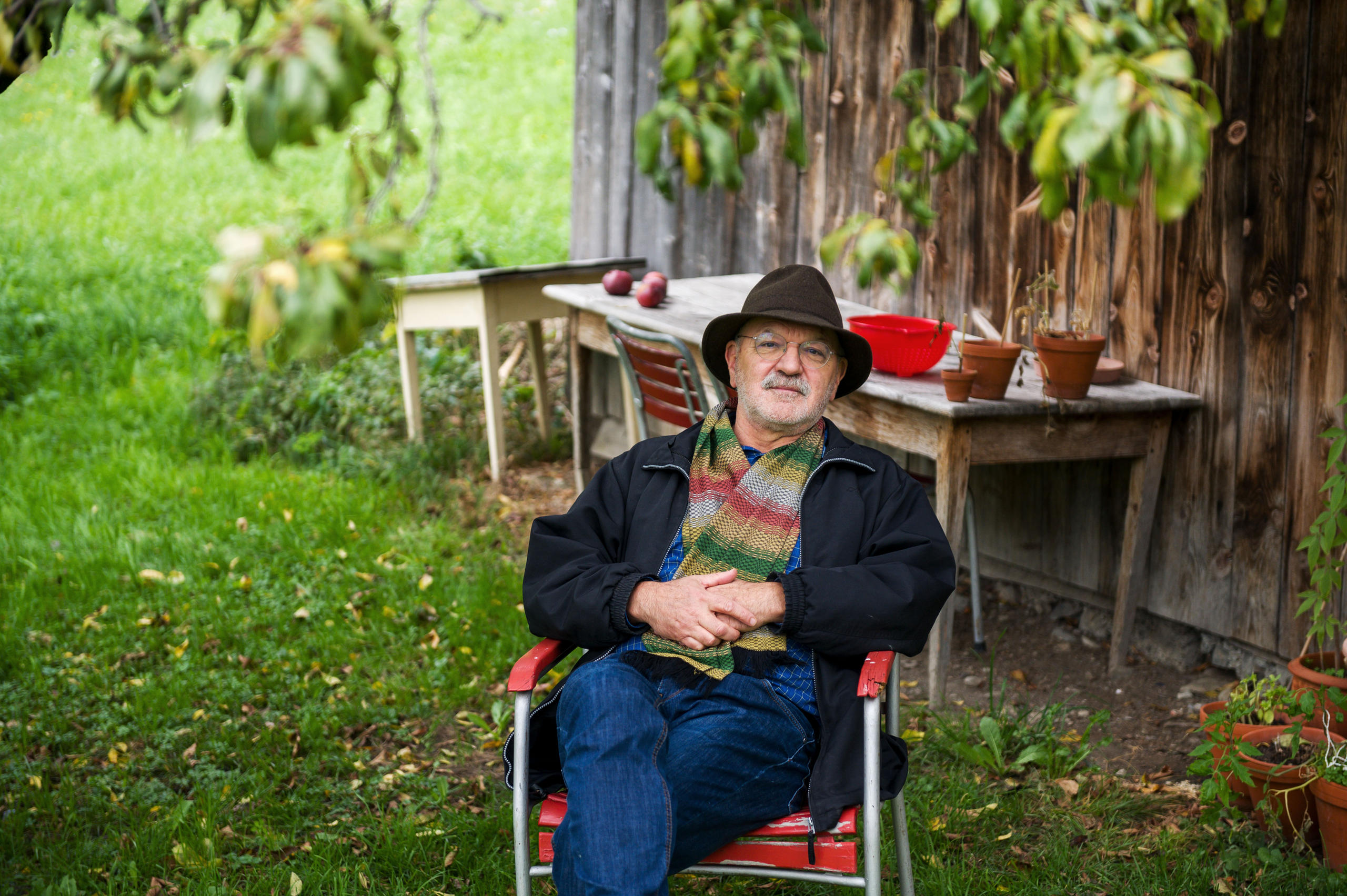
Translated from German by Terence MacNamee/ds; edited by Mark Livingston.

In compliance with the JTI standards
More: SWI swissinfo.ch certified by the Journalism Trust Initiative
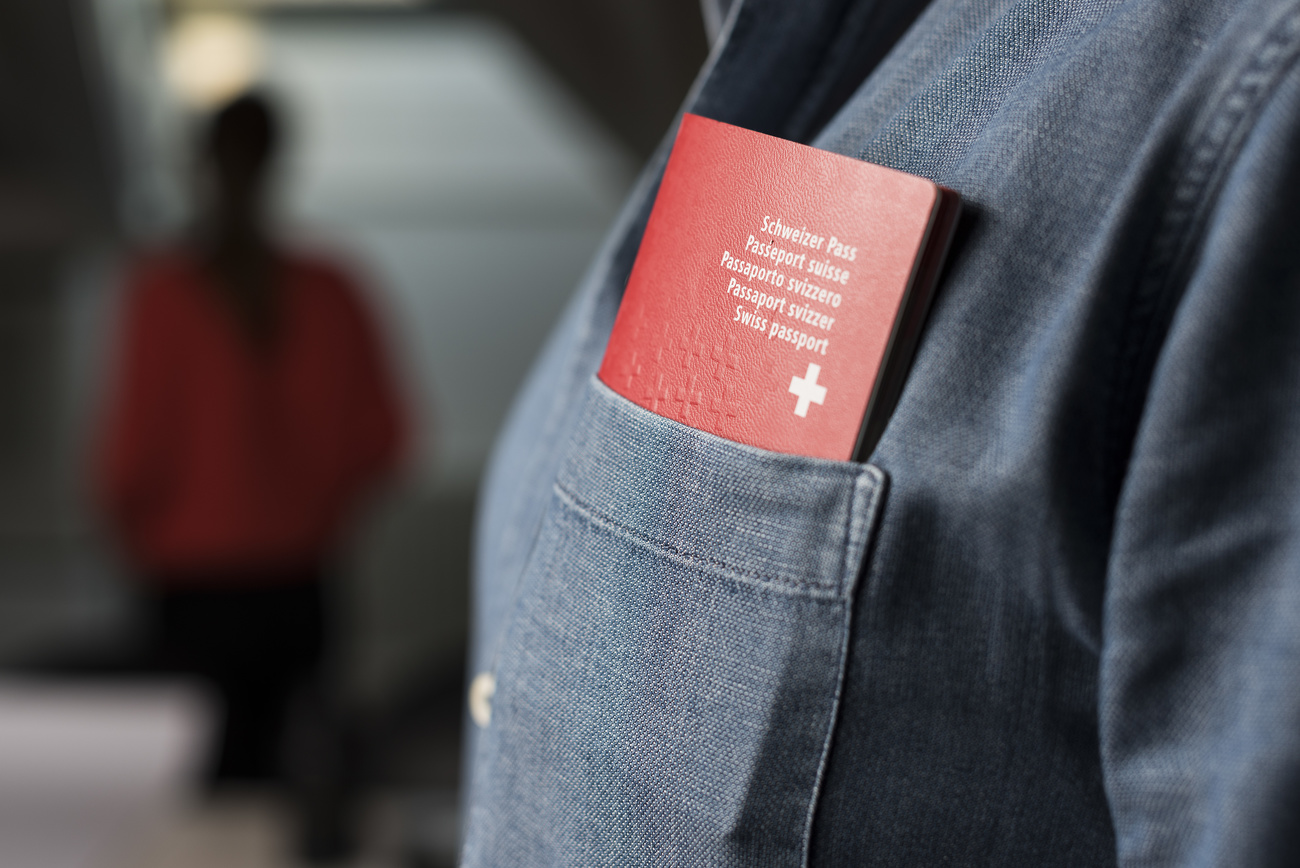
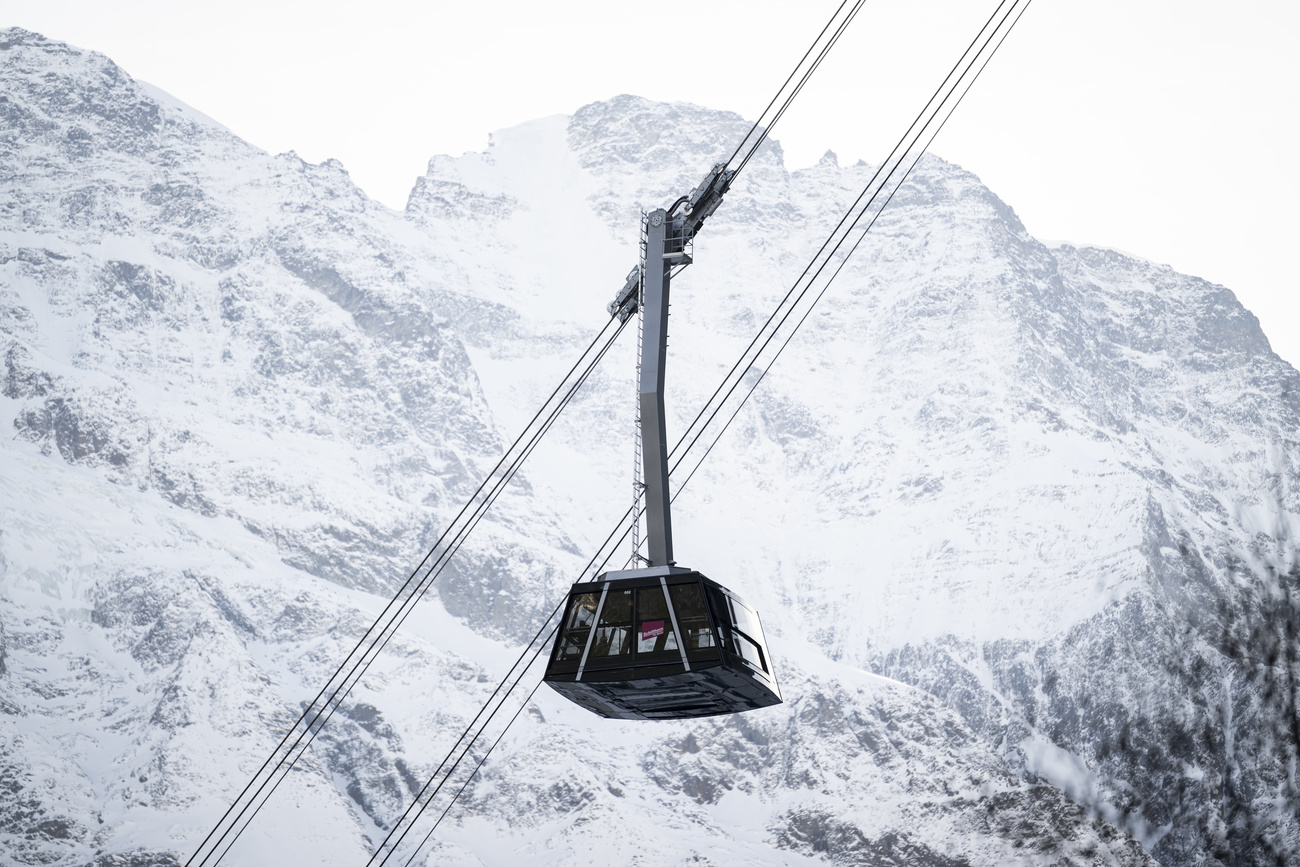
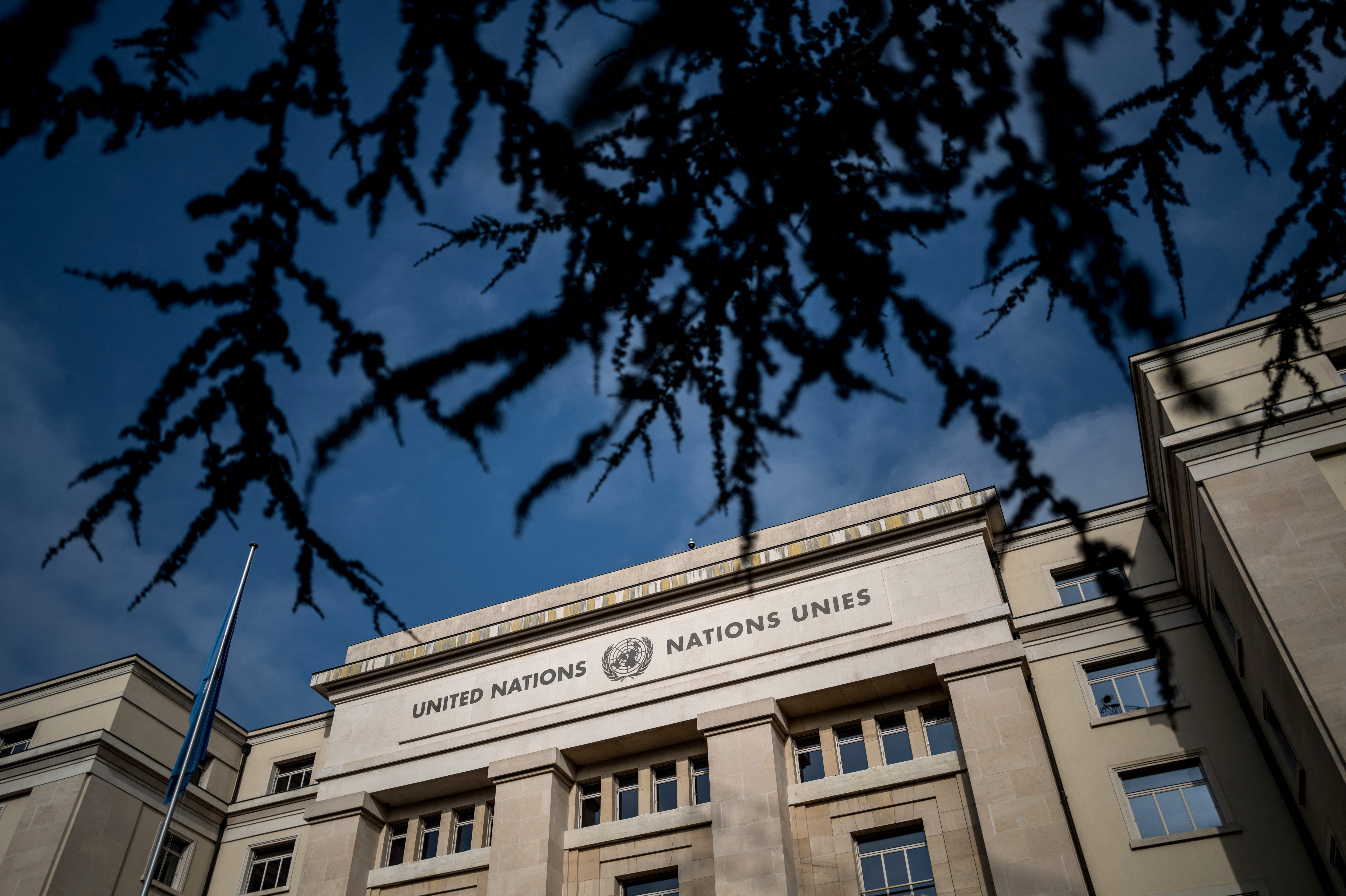
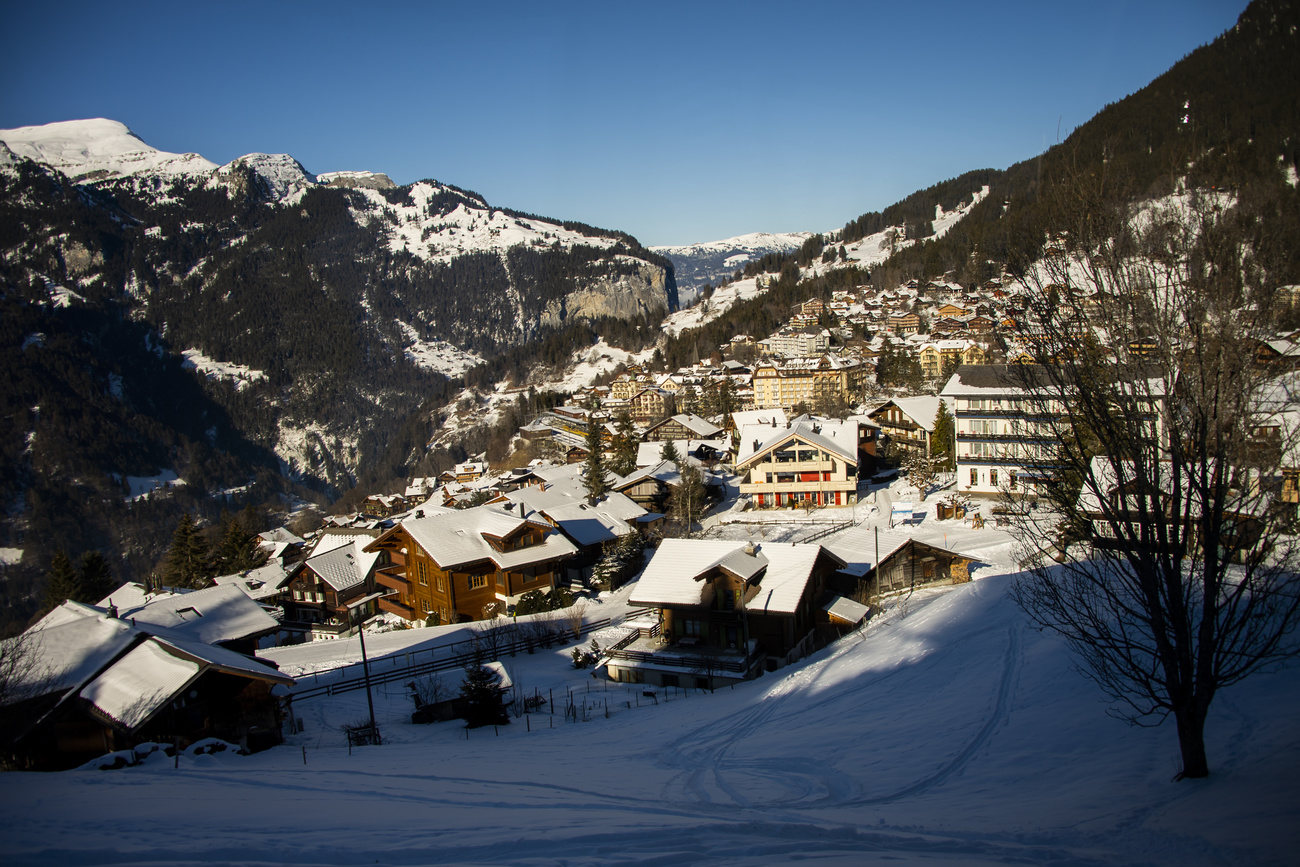
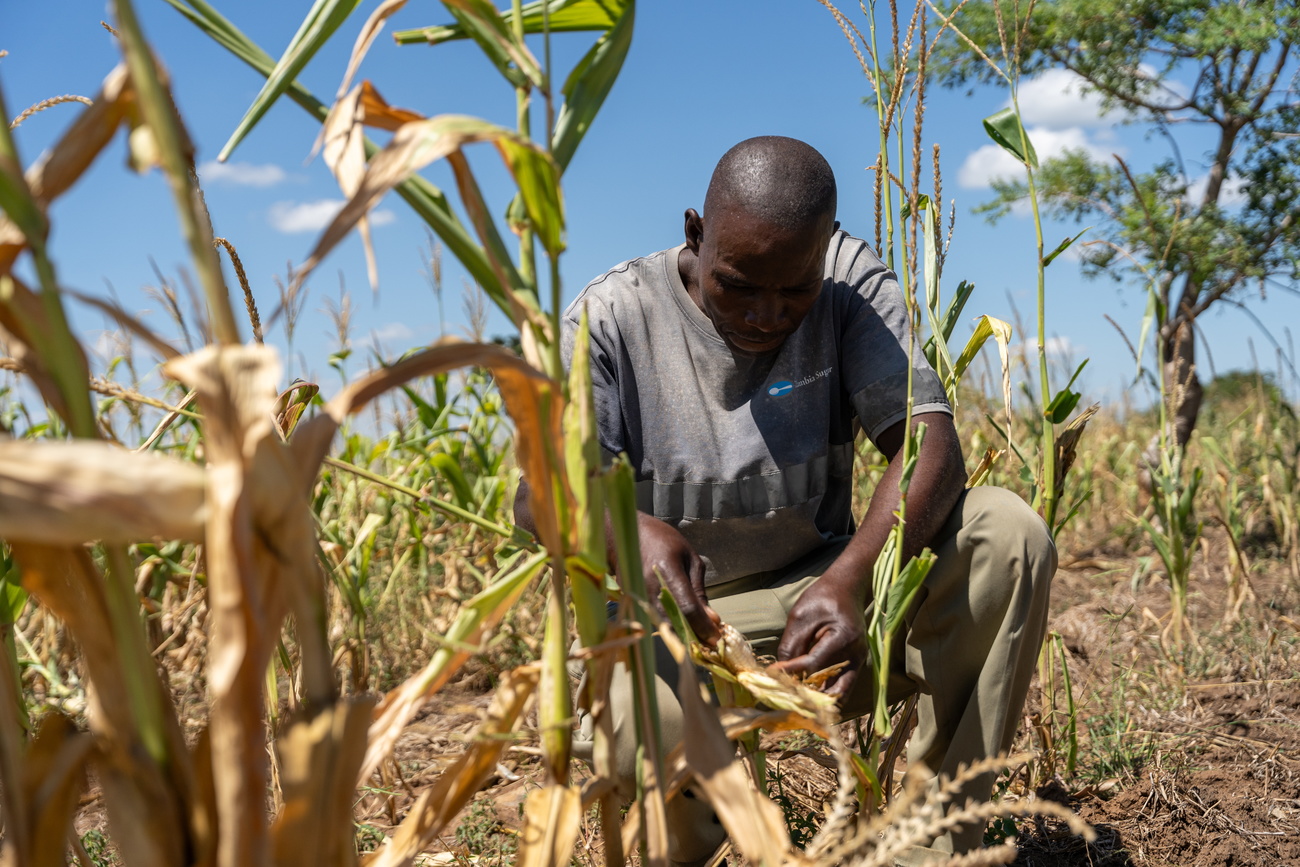





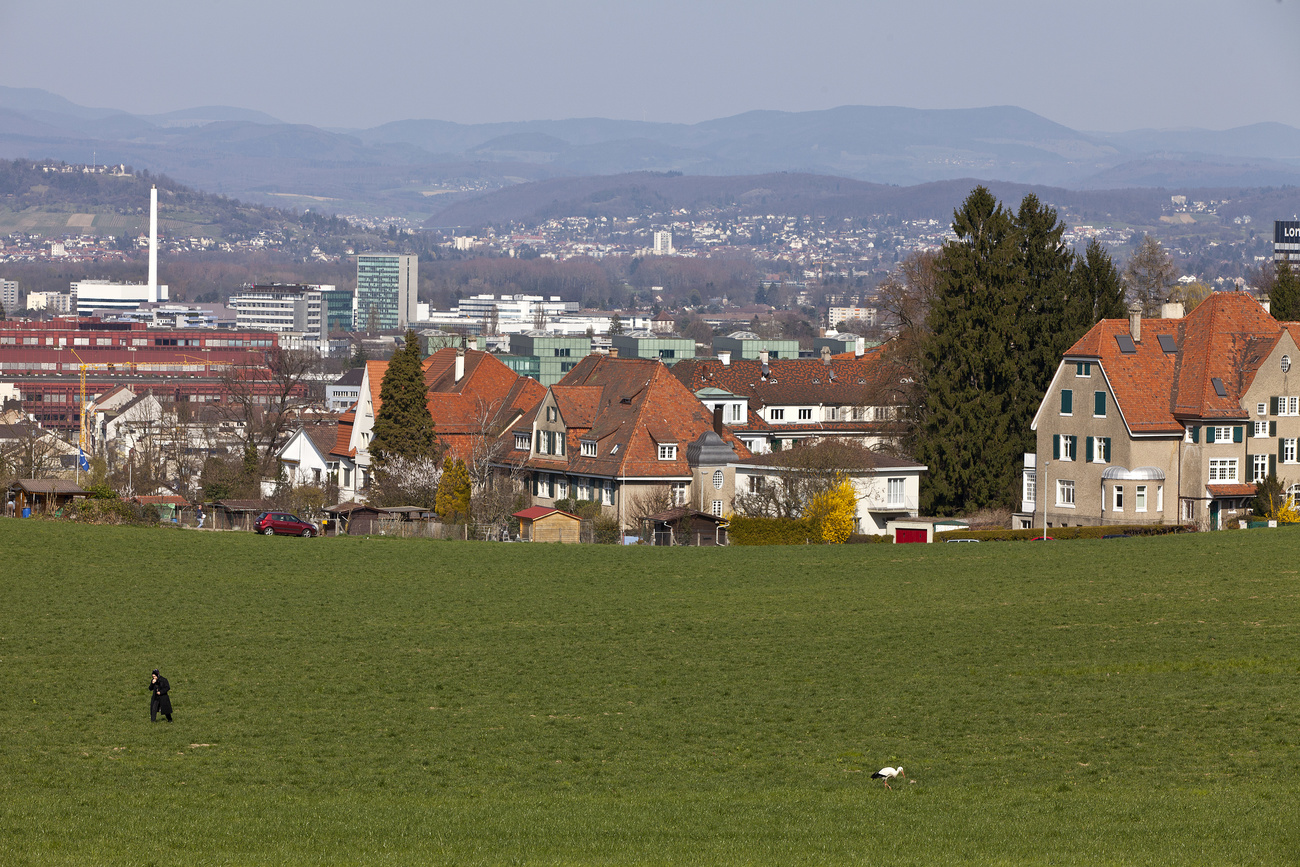
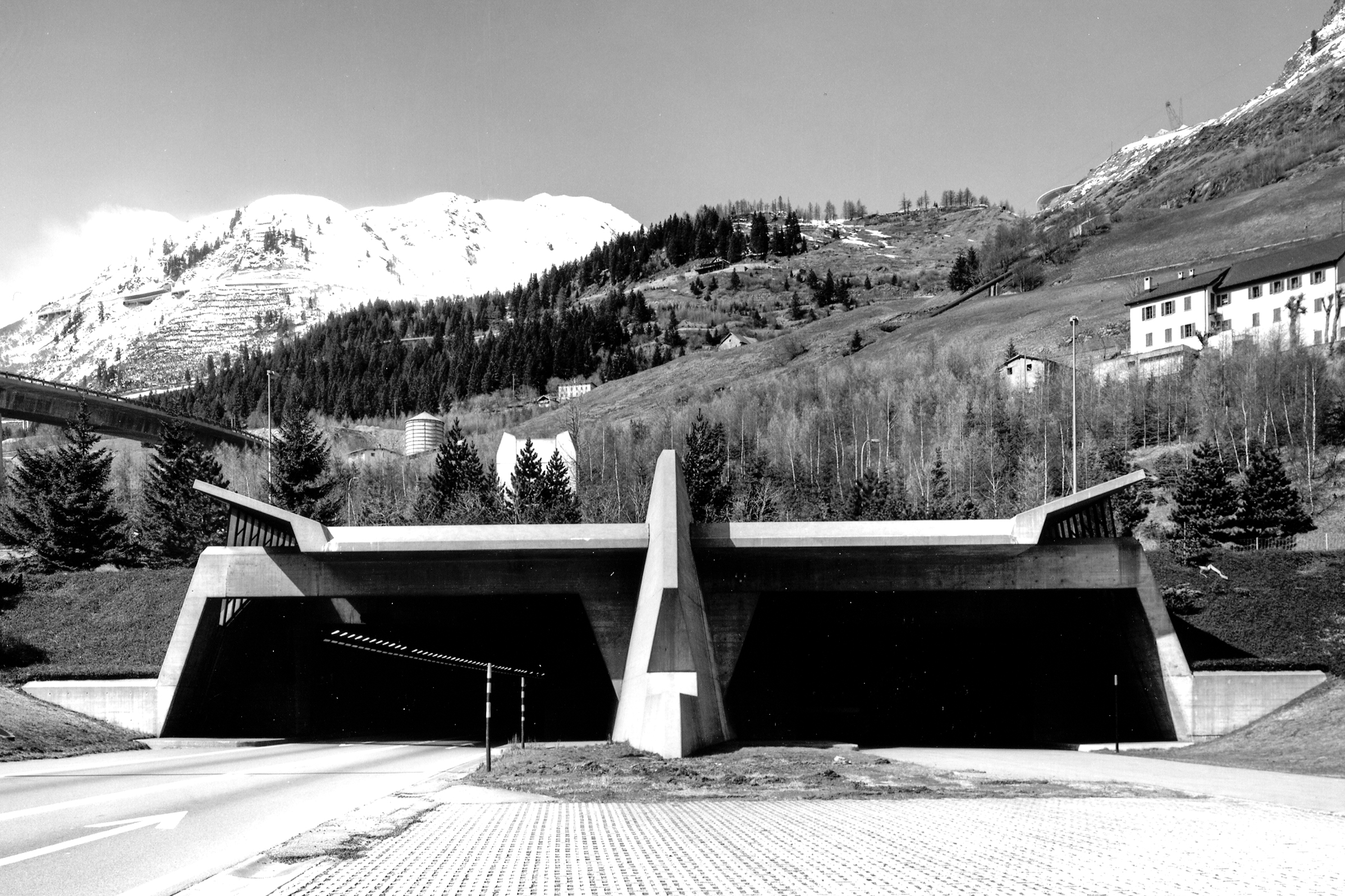
You can find an overview of ongoing debates with our journalists here . Please join us!
If you want to start a conversation about a topic raised in this article or want to report factual errors, email us at english@swissinfo.ch.